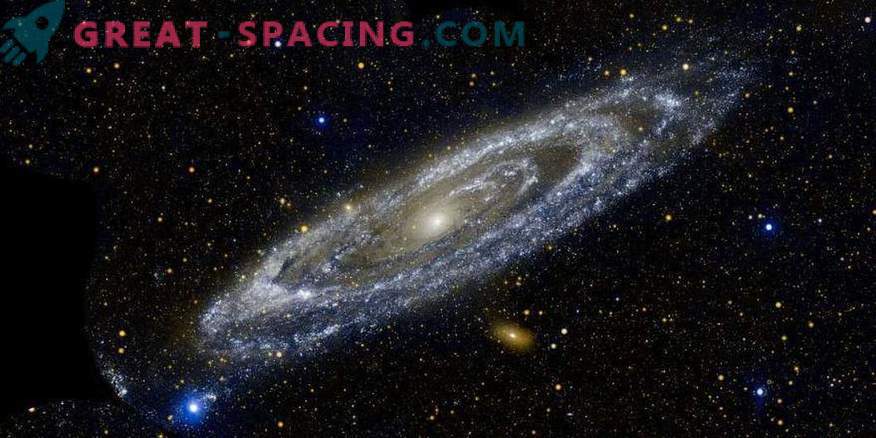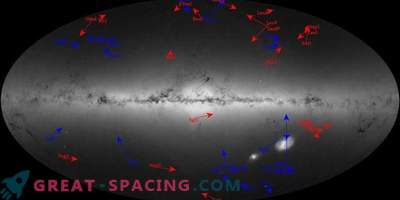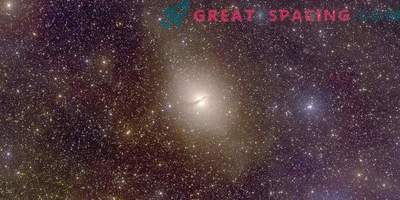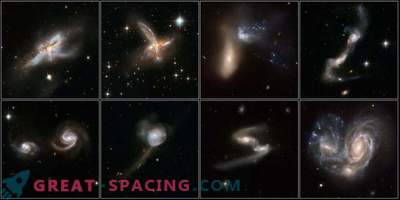
Close Andromeda Galaxy with Messier 110 Dwarf Galaxy
Dwarf satellite galaxies in the Milky Way perform movements different from those predicted by researchers. Marius Koutun from Durham University received a Marie Curie grant to unravel the mysteries of this orbital dance. On October 1, 2018, he will begin research at the Leiden Observatory.
Large-scale galaxies, such as the Milky Way, are surrounded by a huge number of weaker ones, called dwarf galaxies. They perform a complex orbital dance around the parent galaxies. The movements are a bit like moving the moons of Jupiter. Theoretical models predicted that the dance should consist of randomly oriented elliptical orbits. However, new observations show the opposite: most of the Milky Way galaxies rotate around one plane, and their orbits are much more rounded than they expected. This may signal a fundamental collapse of an existing cosmological model. Or our native galaxy is not typical (one in 1000). Studies on dwarf satellite orbits cannot be conducted; therefore, it remains to study the Milky Way in more detail.
Koutun hopes that his research will bring a lot of new data into the understanding of the anomalous dynamics of the Milky Way satellites and reveal the history of the formation of our galaxy. He plans to explore phenomena leading to atypical orbits of satellite galaxies.
So far, the scientist has considered the brightest satellites, but the weak should also contain important clues in their orbits. Using modern models of galaxy formation, Koutun will perform detailed cosmological simulations to predict the distribution of the weak satellites of the Milky Way. He will then compare the results with observations to conduct an unprecedented test of the existing cosmological paradigm.











































